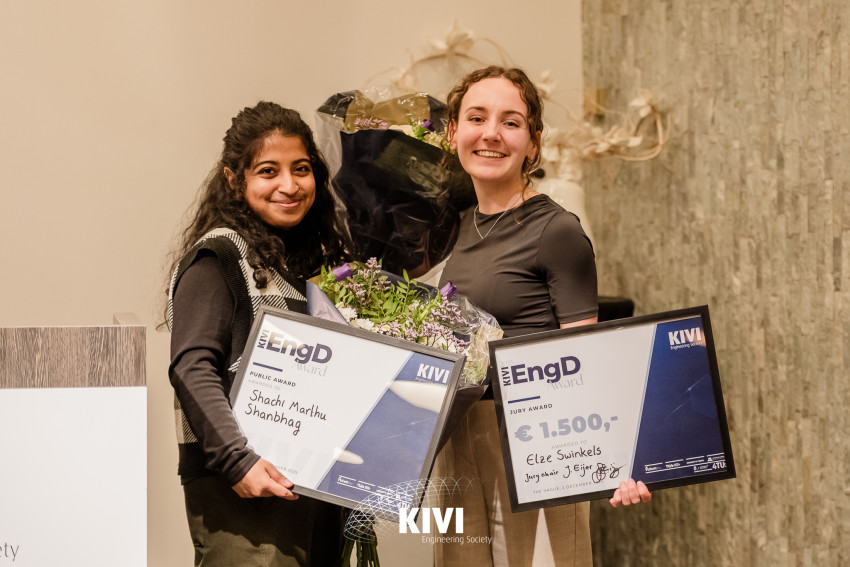
Batteries have a high energy density (they can store large amounts of energy), but their power density is low (they charge and discharge slowly).
Capacitors enjoy a high power density (they can take and deliver energy quickly) but their energy density is low. A battery uses its whole bulk for charge storage, while a capacitor uses its surface.
Supercapacitors use charge separation through fast ion adsorption, and very fast redox reactions with surface-bound molecules. They have a higher energy density than regular electrolytic capacitors, and also a much higher power density than batteries.
Typically, supercapacitors are used in situations requiring many rapid charge/discharge cycles. Examples include protecting electronic circuits against power surges, regenerative breaking in cars and elevators, and burst-mode power delivery in camera flashes. More applications are lying in waiting.
Dr David Eisenberg and Prof. Gadi Rothenberg of the University of Amsterdam’s Van ‘t Hoff Institute for Molecular Sciences have invented a new type of supercapacitor material which can extend the applicability of supercapacitors to electronics, transportation and energy storage devices. The new material is light, cheap, and non-toxic, and it can be prepared easily on a large scale. Originally, the materials were developed as solid catalytic electrodes for fuel cells. By modifying the surface of these materials they created a highly porous yet well-structured compound, with ample sites for fast redox reactions, inspiring the successful testing for supercapacitance.


